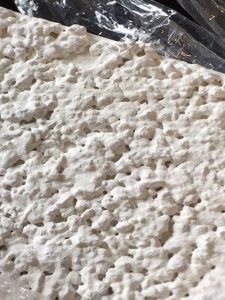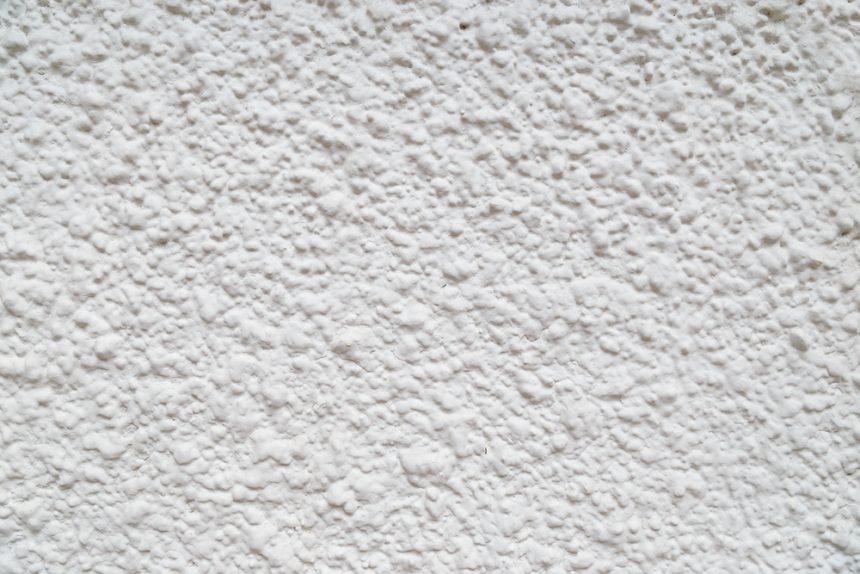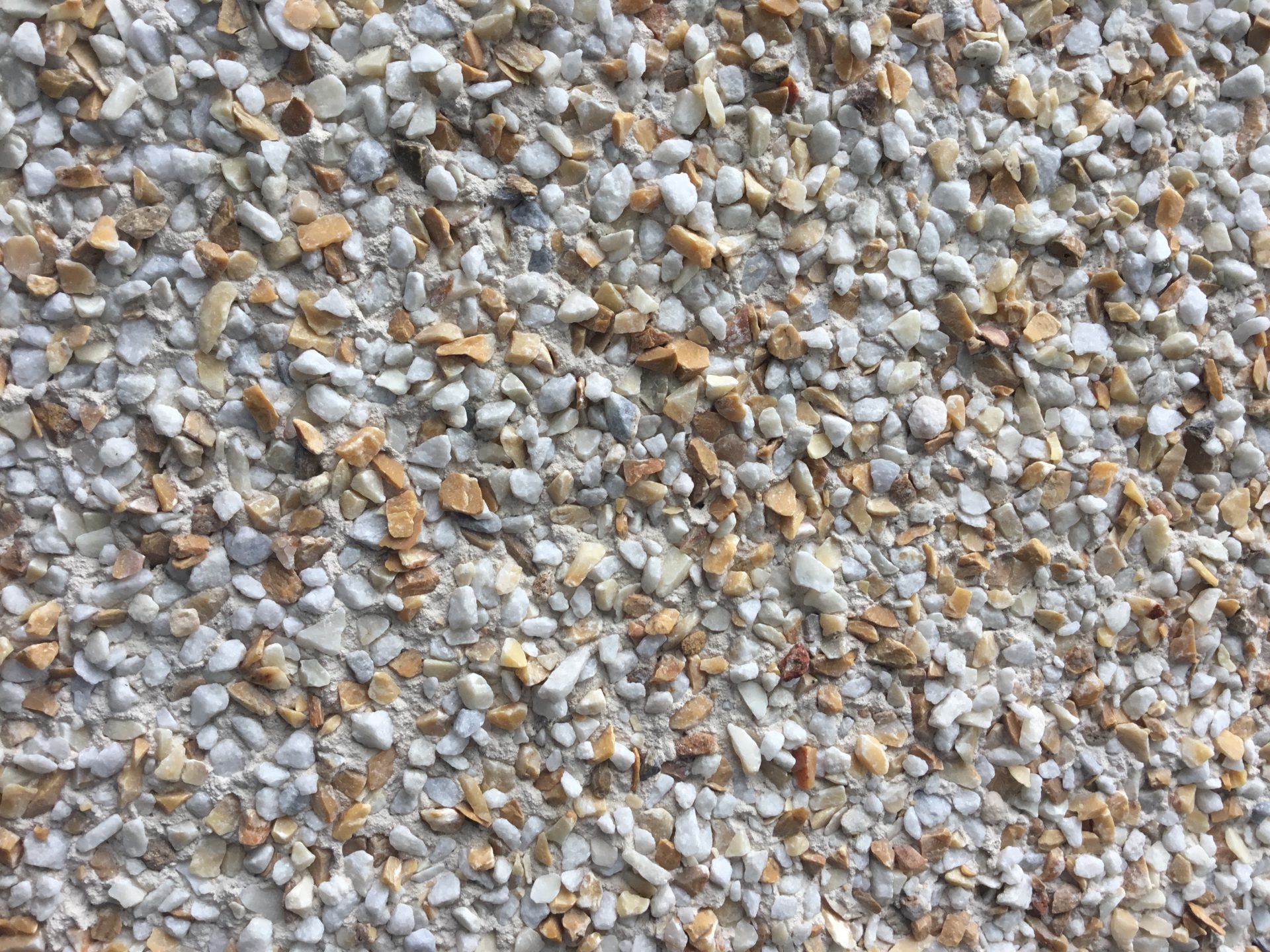The Best Alternative to Dash Render
Whether you have dry or wet dash on your wall, there is a better, cheaper and more visually impressive render for you!
For many years, thin coat renders have only come in – a 1mm or 1.5mm top coat. Now manufacturers sells 2mm and even 3mm render. What is so great about 3mm silicone render, is that it looks just like wet dash, only better!
Why use Silicone Render over wet dash?
Silicone Render is highly flexible, easy to apply, and lasts 25 years or more. It is a great alternative to dash because it is just as resilient, but allows your walls to breathe and provides a more aesthetically pleasing finish.
How annoying is it to have those pebbles randomly dropping off your wall months and years after the work has been done? With dry dash it is unavoidable; there are always going to be some pebbles coming loose with time. It can leave nasty scars on the wall as well. With silicone render this is just not an issue as the stones are deeply embedded in the render itself and will not come loose.
How does 3mm silicone render look?
Just like smaller grained render, the 3mm silicone has an even texture. Where wet dash can look blotchy and lumpy, silicone can still provide that rough textured look whilst maintaining an even and classy looking finish.
Because silicone render is premixed at the factory, you can be sure of a great mix, time and time again. Dash is mixed up on site with a range of products not necessarily designed to work together. It’s not hard to see why a thin coat render is going to give you a better finish.
Because silicone render is premixed with the pigment, the render is the same colour all the way through. Dash is usually painted once the top coat has set, and this means that any scratches or damage to that paint will leave very obvious marks in the render. Silicone render has that same colour all the way through, so scratches are going to be much less visible.
Silicone Render is also cheaper!
Dash work is very time consuming, and all that extra work mixing the render on site really adds to the time involved. Plus you need to wait for the top coat to dry before it can be painted. That’s means several days where no work can be done – extending the job and adding to cost.
















No comments yet